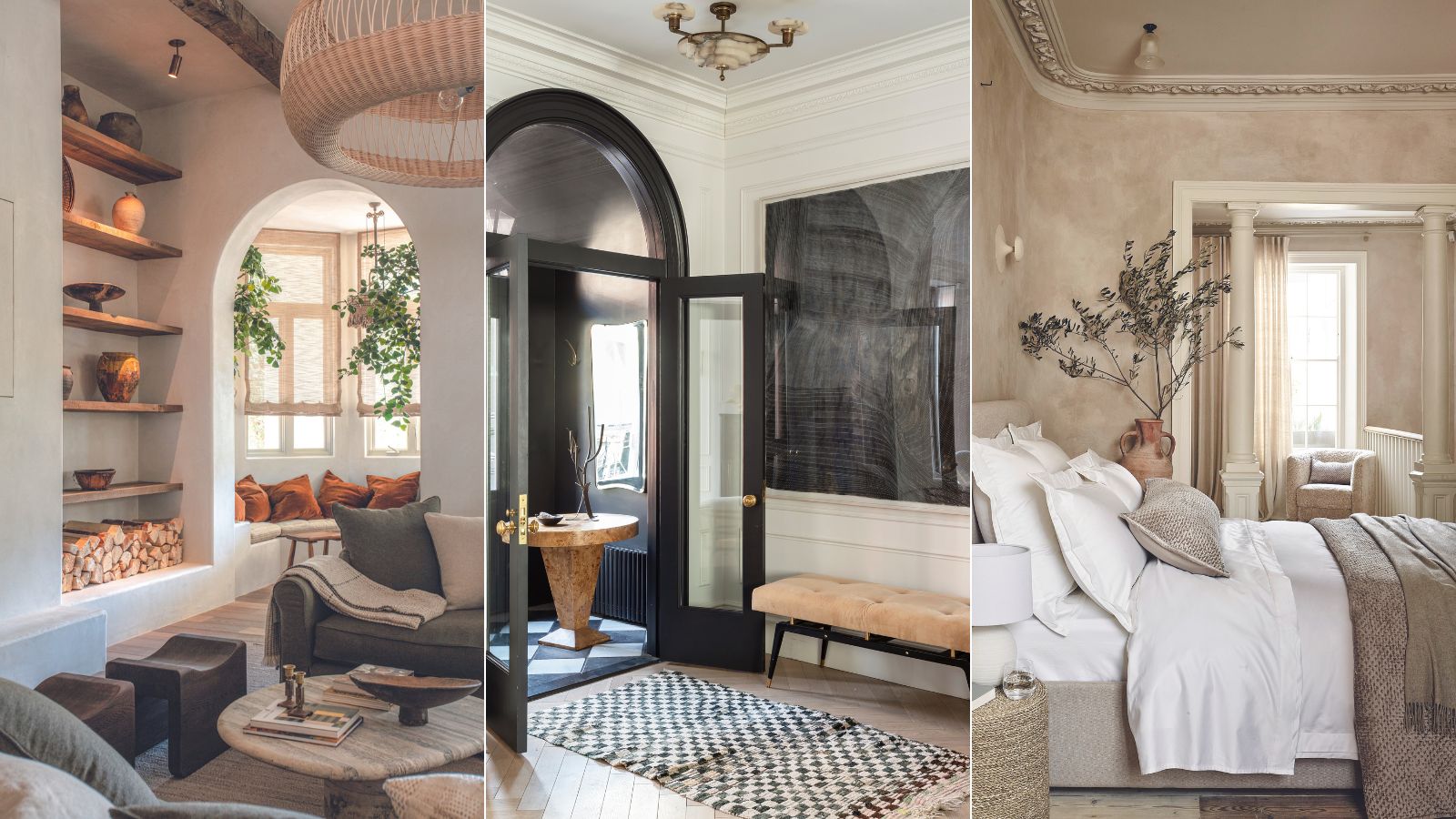
You may have heard the chatter of a new trend taking the fashion and interior design world by storm, but before you scoff at yet another trend, the latest buzz around 'quiet luxury' might be just what you've been yearning for. But what exactly is 'quiet luxury', and why is it suddenly so popular?
Quiet luxury is an interior design trend emphasizing understated elegance, timeless appeal, and high-quality materials. It's a movement that prioritizes simplicity and refinement, creating serene, calming spaces that reflect a sense of sophistication without ostentation. It is, in fact, a new kind of minimalism; a more relaxed version of the cold, clinical trend that no longer, if ever, brought us any joy.
Now, more than ever, we seek comfort and luxury in our homes; spaces that exude warmth, elegance, and serenity. We wish for pieces crafted from high-quality materials that will enhance our homes and our lives, while acknowledging the impact on the environment. It’s pleasing to know that the 'quiet luxury' interior design trend is here to give us just what we need.
How to achieve 'quiet luxury' at home
Initially popular in the world of fashion, 'quiet luxury' offers a refreshing alternative to the chaos of modern life, allowing you to transform your home into a tranquil oasis without sacrificing sophistication or style.
1. Embrace warm minimalism in a bathroom
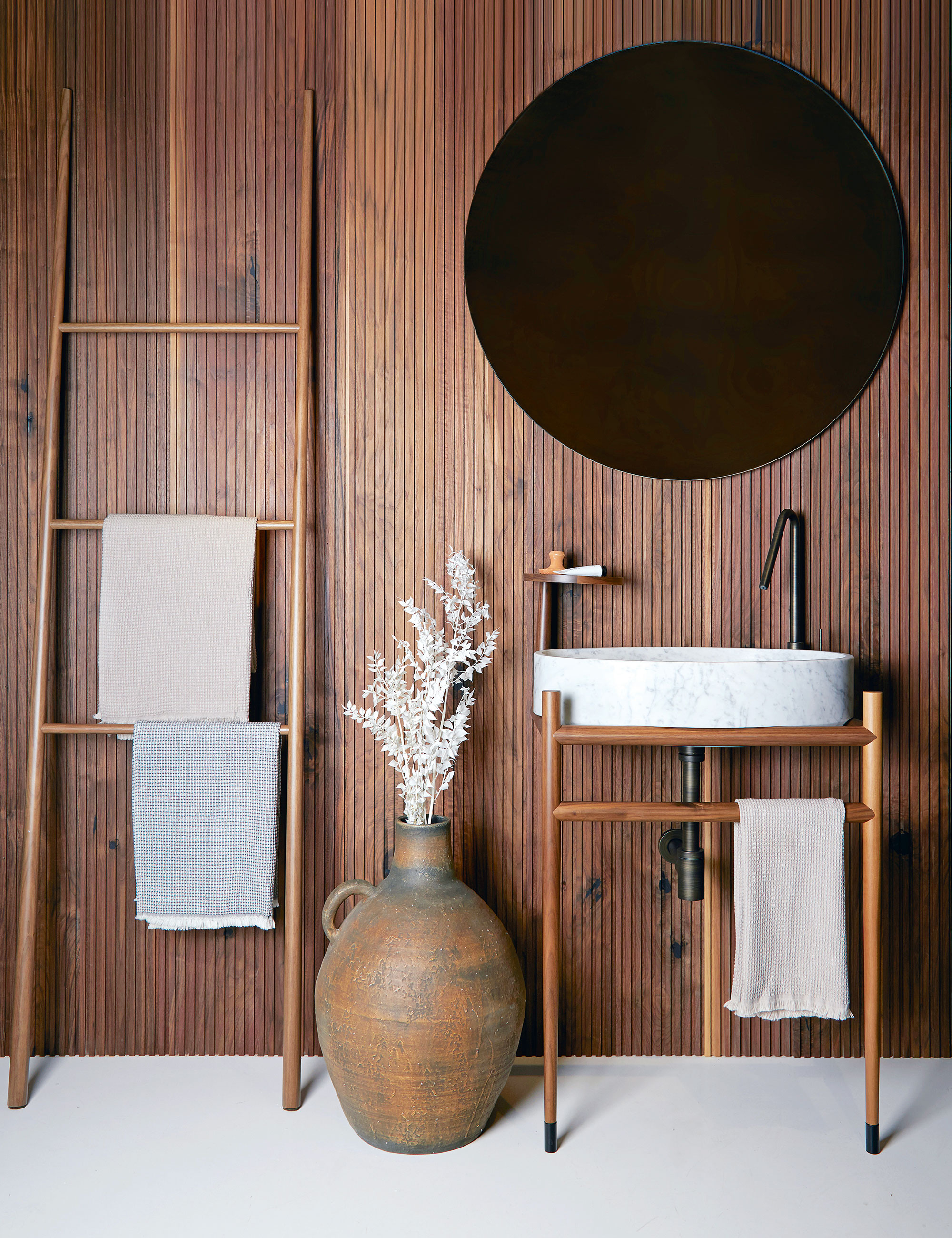
In a fast-paced world, what is quiet luxury? For many of us, it is simply about having more time for ourselves and the opportunity to relax away from the pressures of an ‘always on’ world.
‘Bathrooms can now be so much more than purely functional spaces – they are the perfect places to embrace the latest trend for quiet luxury,’ explains the head of design at C.P. Hart. ‘More of our customers want to create an oasis of wellbeing at the heart of their home – somewhere that they can enjoy as a private retreat to de-stress and unwind. We call this trend “cocooning” because it’s a way for people to wrap themselves in comfort and a quiet sense of luxury.’
For a cleaner, more modern alternative to warm minimalism, C.P. Hart suggests the Japandi design concept. ‘An amalgamation of Scandinavian and Japanese aesthetics, the Japandi trend presents a less is-more statement that exudes confidence,’ says Yousef Mansuri. ‘Natural materials, especially woods like the rich walnut seen on this Copenhagen collection, are commonplace and perfect for softening a contemporary luxury bathroom while still leaning into the warm minimalism of the quiet luxury trend.’
2. Curate a luxury bedroom for deep slumber
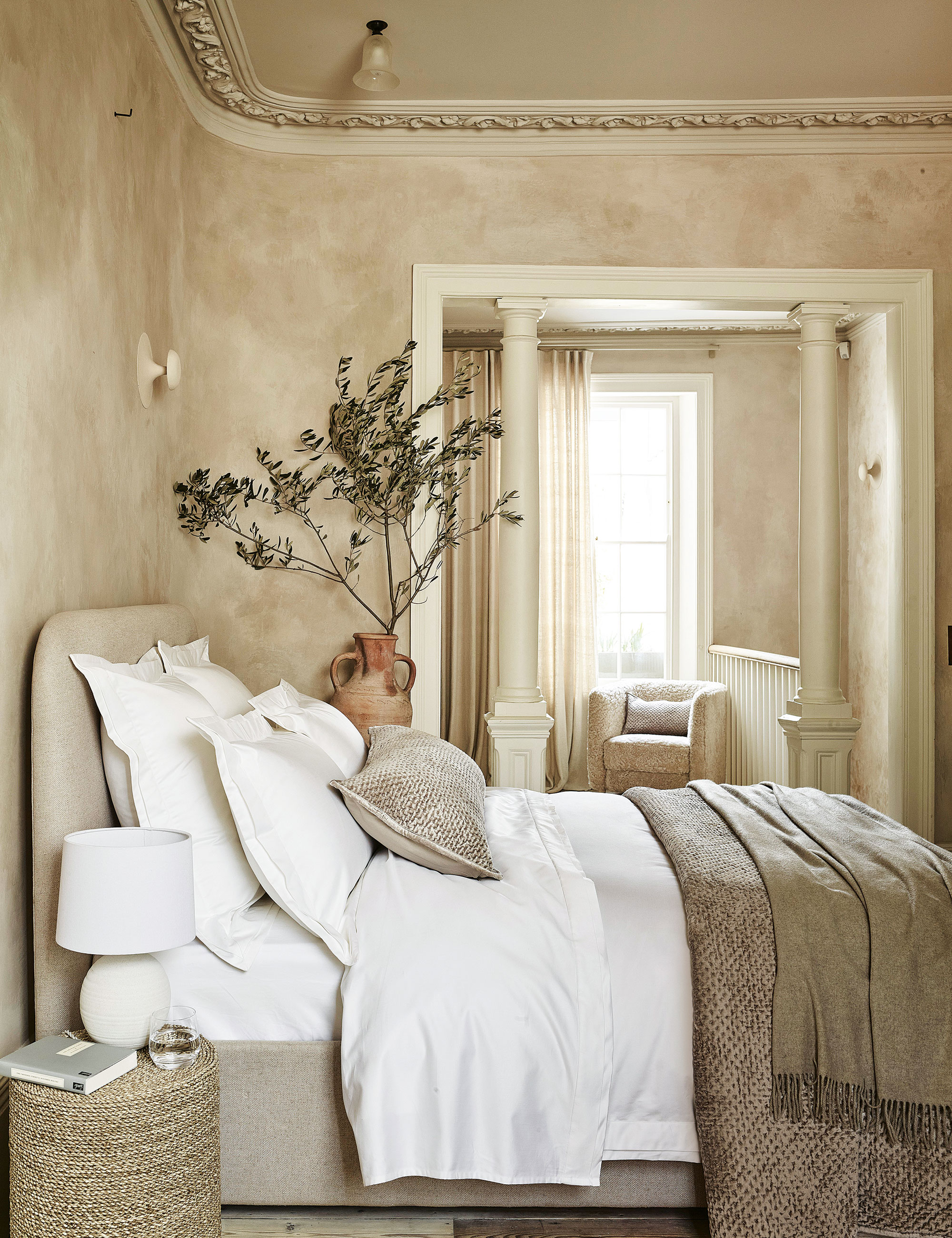
The bedroom is another wonderful space in the home to embrace the movement towards quiet luxury, and the emphasis here should be on curating a cozy and calm environment for rest and relaxation.
A hot bath and reading an (analog) book have long been the go-to bedtime relaxation techniques for many but these days there are more options. ‘Surround yourself with lovely things – I have a large amethyst by my bed and aromatherapy oils to hand to enhance sleep,’ says Natascha Dartnall of ND Studios. Some find that silk-covered weighted blankets help to reduce restlessness and aid in falling asleep faster.
‘Cocoon yourself with artwork and objects you love,’ adds Natascha. ‘Nature-inspired designs are popular with our clients. They don’t have to be expensive – a beautiful photograph or framed pressed flowers can make a big difference. A rug is a luxurious addition, ideally on either side of the bed so you have something soft underfoot as soon as you get up in the morning.’
Your chosen bedroom color scheme is of equal importance, too. Color can soothe, warm, or nurture, and in doing so bring better sleep, make you feel more energized, or promote well-being.
Luxury bedrooms are deeply personal spaces and should be decorated accordingly, believes Farrow & Ball’s color curator Joa Studholme. ‘If you are a morning person who likes to jump out of bed and attack the day, then you are probably more suited to having a clean, light, uplifting color on the walls,’ she says. ‘Evening people will more likely embrace the neutral, womb-like shades. For a bedroom used purely for sleeping, serene colors will induce a good night’s rest and a sense of calm.’
3. Choose gentle colors found in nature
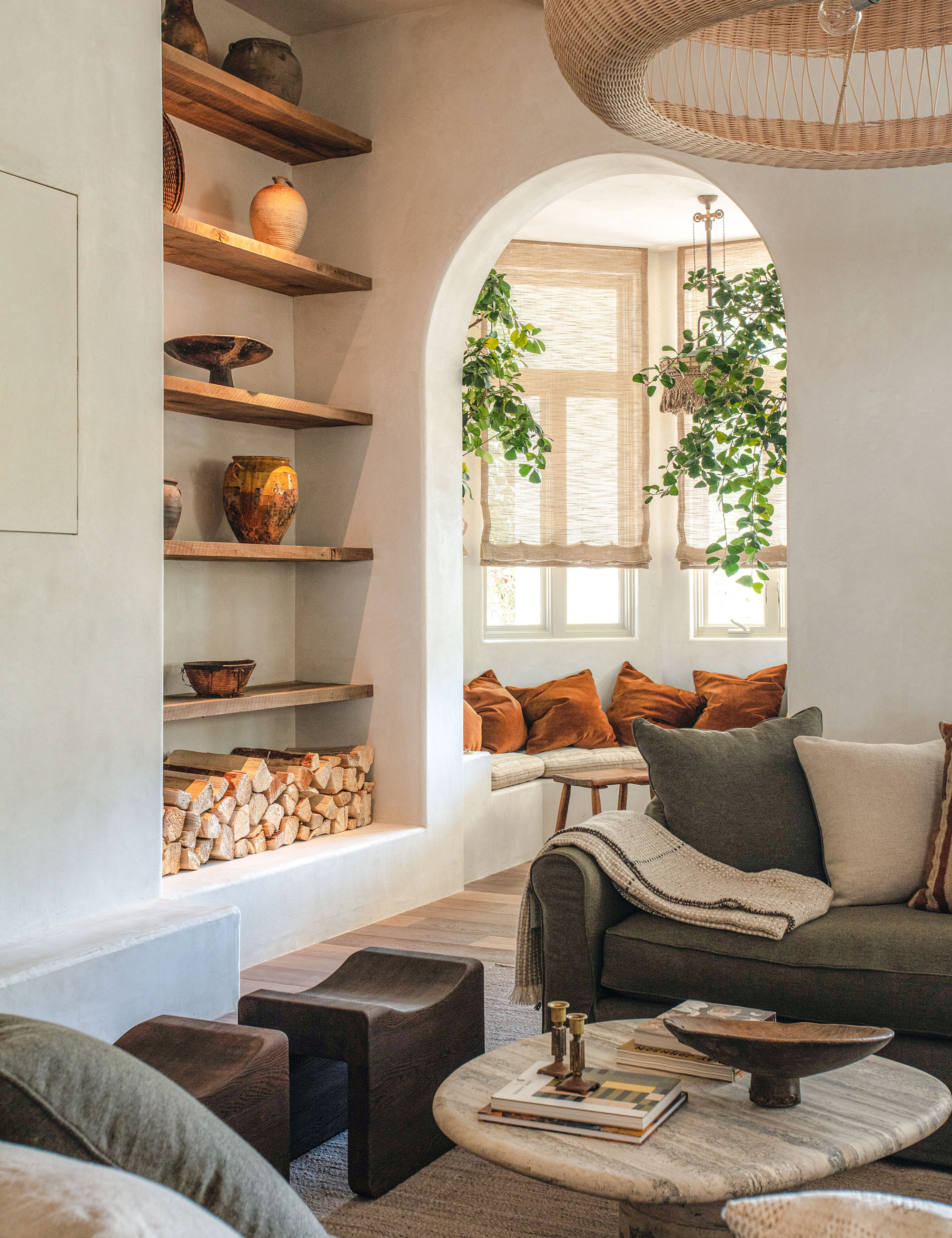
Jake Arnold's integration of contemporary Californian style and traditional British design has produced a space that delights with its sense of quiet luxury and comfort.
As shown in this luxury living room, warm minimalism favors subtle, understated color palettes like organic neutrals and earthy browns. These gentle hues create a soothing atmosphere that aids relaxation and promotes warmth.
Think of the movement towards warm minimalism as an escape from the world. People want and need soft, light colors to create soothing environments that help to shut off the noise.
'The decline in stark, cool minimalism reflects our ongoing desire to make our homes, in which we’ve all come to spend more time, feel special and layered,' says Anthony Barzilay Freund, 1stDibs’ editorial director. 'Comforting colors, particularly those that evoke nature and warmth, are visually interesting and also feel emotionally reassuring.'
4. Warm up an entryway
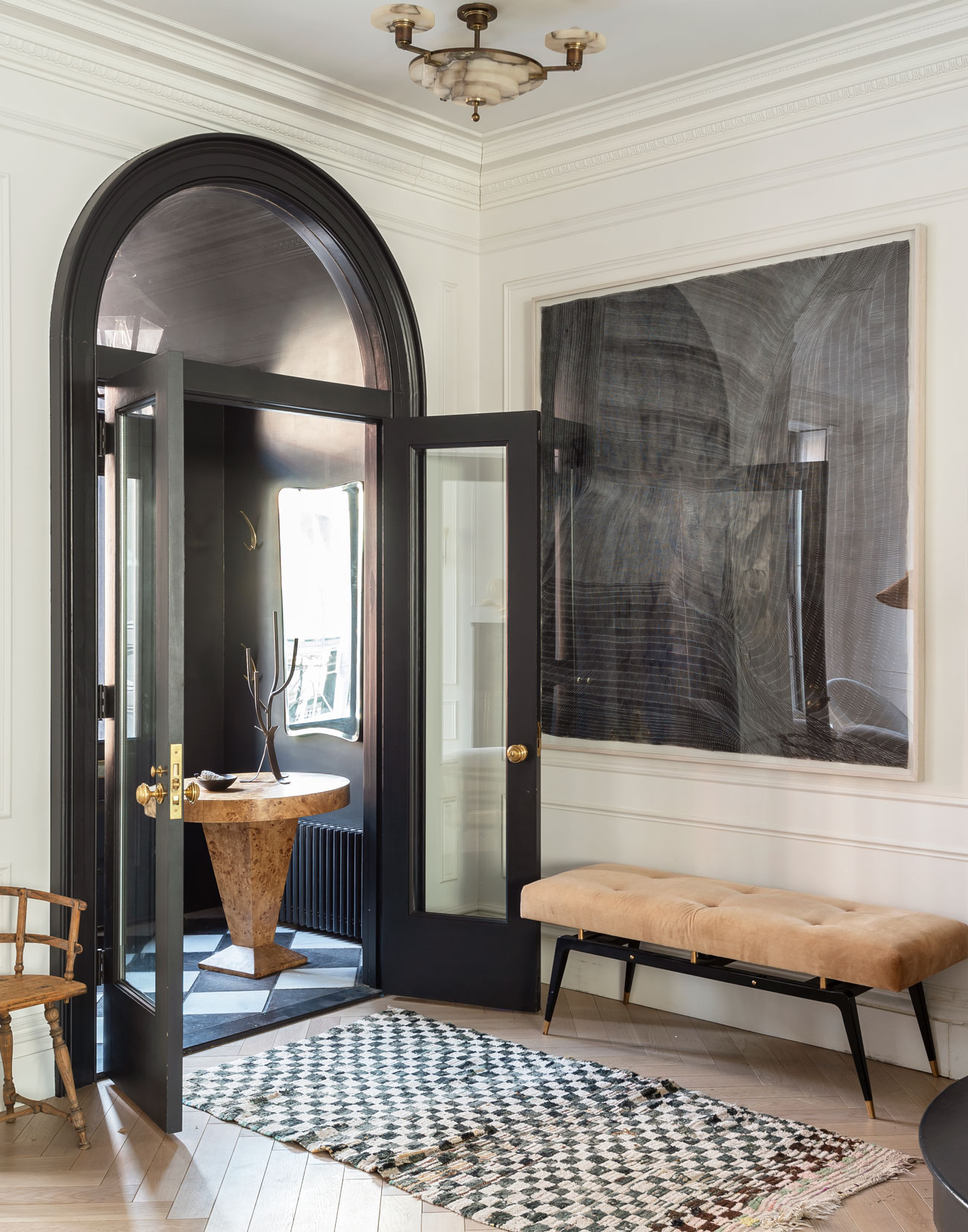
In this busy modern world, having a restful sanctuary to return to has never been more important, so it’s no wonder that homeowners are turning to the principles of quiet luxury and warm minimalism at the entrance of the home. If there's any room in the home that deserves to feel warm and welcoming it's the entryway.
Here, interior designer Athena Calderone borrows from the principles of traditional minimalist design but adds an element of softness and warmth. 'I've balanced warm woods with blush pinks against a polarising monochrome backdrop, says Athena Calderone. 'The contrast of white walls with a black-painted arched doorway engages the eye without looking too harsh.'
While cool minimalism itself is rooted in the principle of ridding your home of clutter, chaos, and unnecessary furnishings. This new quiet luxury trend is all about harnessing the power of a 'clean' space that prioritizes a handful of key pieces and meaningful items. It is softer, more relaxed, and more liveable than ever before.
5. Embrace the power of a beige palette
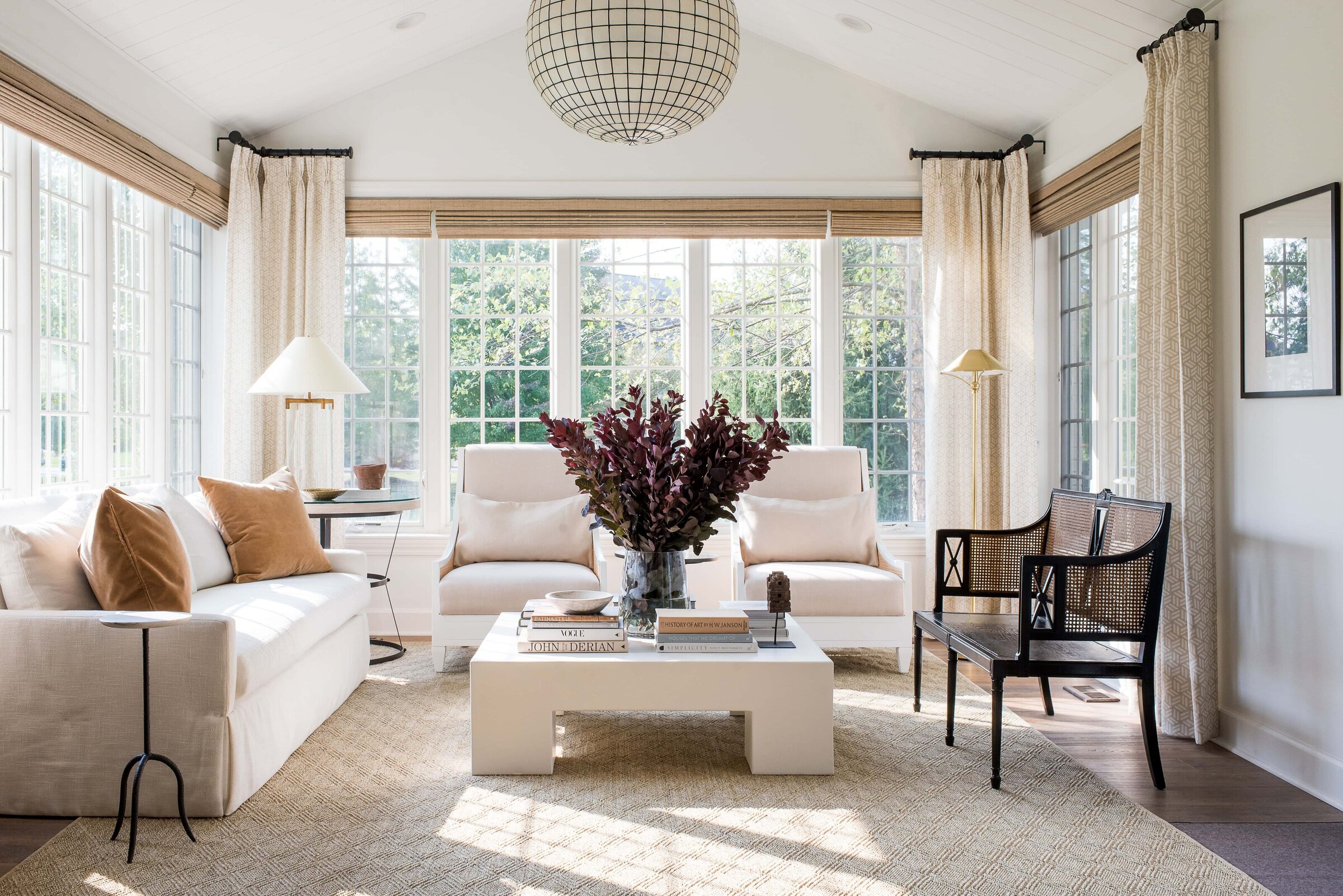
Where once all-white or cool gray interiors reigned supreme, we are now seeking something softer and more sophisticated; enter new neutrals.
‘Not to be confused with cold and bland palettes, new neutrals are warm by nature,’ adds Charu. ‘Typically matt in finish, they have the ability to flex, and so it’s possible for them to suit any type of home, be it traditional or contemporary – in fact, their elasticity is the reason we’re calling them “new”.’
While they may seem like a safe choice, decorating with neutrals can be tricky to get right, but with some interior design know-how, neutral shades are the epitome of the quiet luxury trend. As an earthy pigment, beige is brilliant for bringing the nurturing qualities of nature into the home for a soothing scheme.
Above, Indianapolis-based designer Whittney Parkinson turned her client's dated sunroom into a masterpiece thanks to a peaceful beige palette.
FAQs
What does quiet luxury mean?
Everyone in the design world is talking about 'quiet luxury'. The term itself is often described as understated elegance in a fast-paced, modern world. It is essentially a type of luxury that flies under the radar rather than shouts or screams.
To channel this movement in your home, invest in authenticity and sustainability. Artisanal and handmade pieces are core to getting this look just right. Think natural materials, quieter color palettes, and unique craftsmanship.







